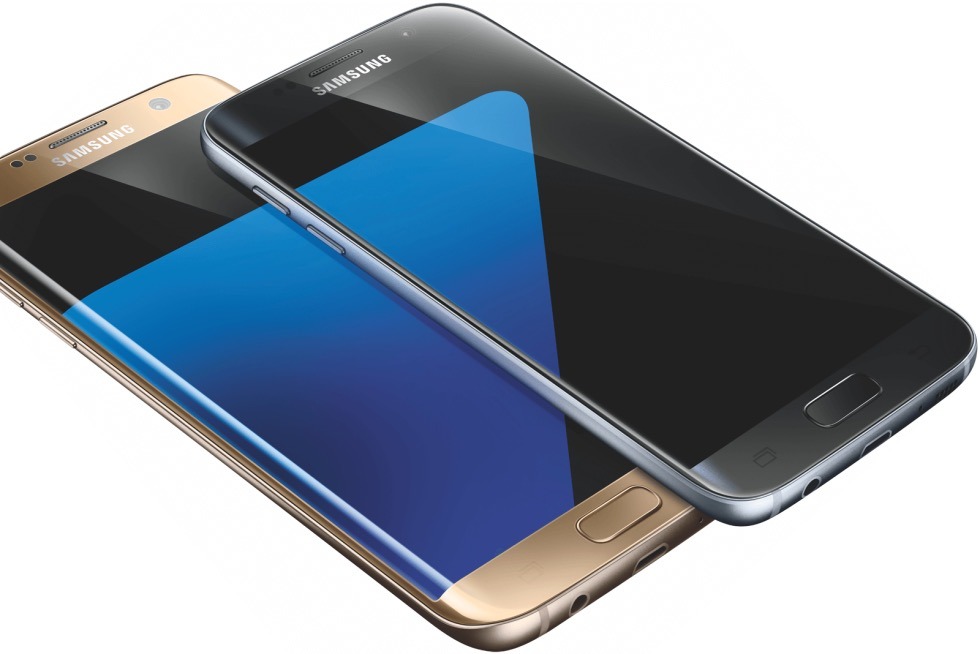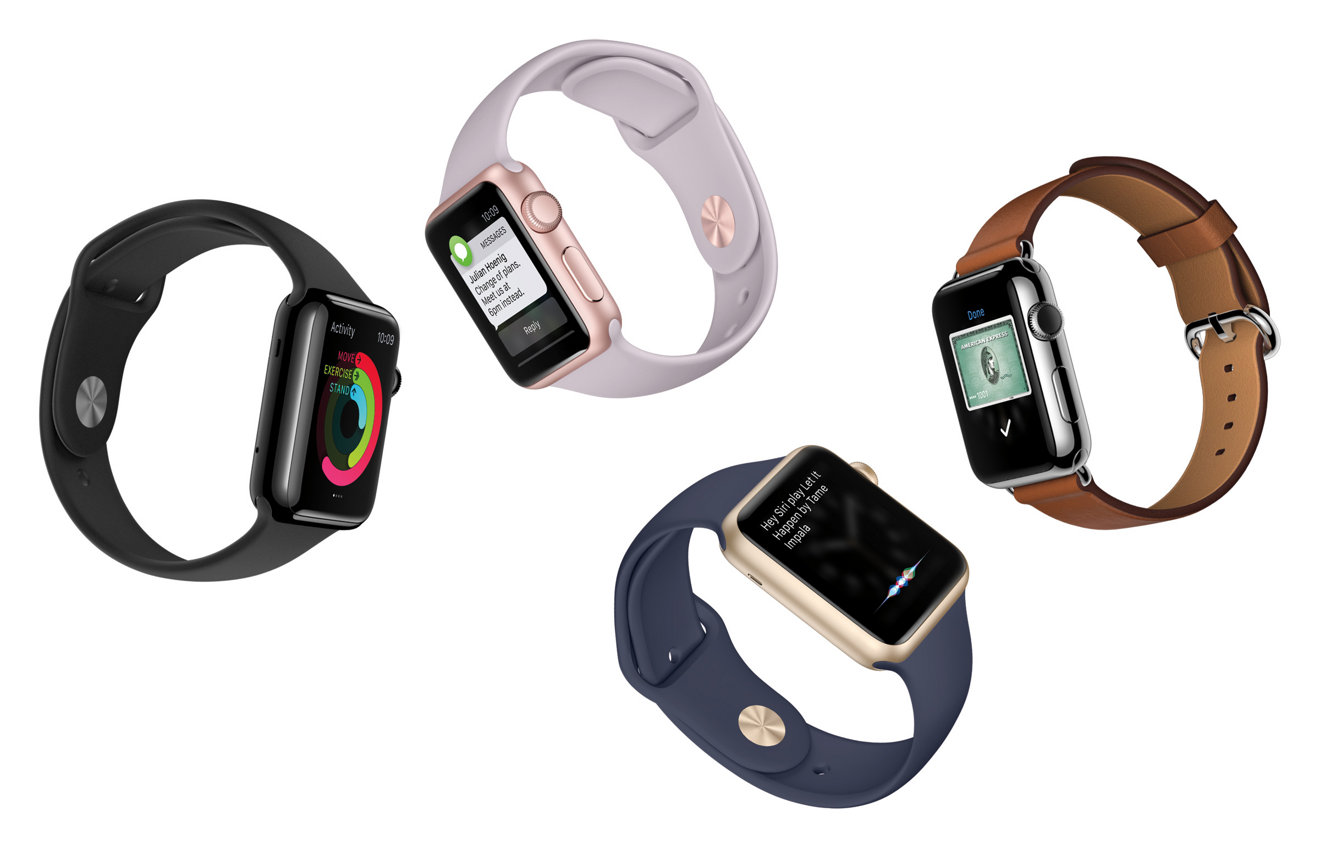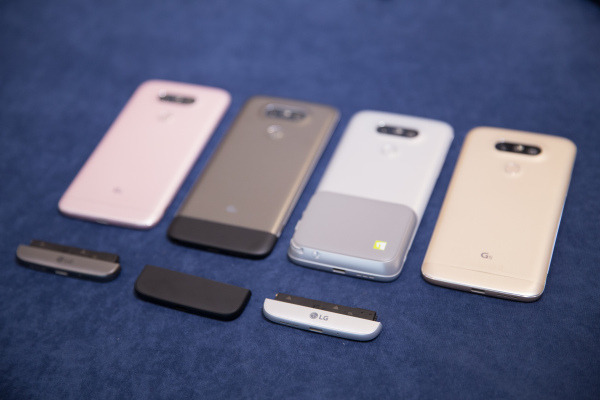There's just one flagship iPhone running Apple's iOS platform, but a variety of Android licensees are duking it out to define a hardware candidate that can win over premium buyers. One big obstacle: no hardware makers have any ability to materially stray too far from Google's commodity Android software platform.
Hardware improvements, software stalled
South Korea's component hardware heavyweights Samsung and LG are revealing the next version of their high end smartphones at the annual Mobile World Congress in Barcelona, Spain, along with a variety of other Android contenders. Apple is a notable holdout at MWC, much the same way that the company doesn't participate in the PC-oriented CES trade show.
What's particularly notable among the latest Android flagships is that despite a variety of new hardware features, none have the ability to radically push forward new capabilities that require Apple's style of tight integration between hardware and software. That's particularly evident in the lack of any equivalent to the standout feature of last winter's iPhone 6s: 3D Touch.
Samsung Galaxy S7 camera
After a disappointing product cycle for the Galaxy S6 last year that occured alongside the company's increasing shift to a low end product mix, falling Average Selling Prices and a mobile division profit slump, Samsung has dusted off its flagship line with an improved camera, faster processor, more RAM, an always-on display, improved water resistance and the reappearance of support for microSD cards.Samsung says its "Dual Pixel" 12 megapixel camera sensor features a larger f/1.7 aperture lens and pixels that are 30 percent larger than those of Apple's iPhone 6s
A report by ArsTechnica noted that the new Galaxy S7 and S7 Edge models "look largely identical to their predecessors" apart from a camera that's now flush with the back of the phone— which itself is now curved like the company's Note 5.
Samsung says its "Dual Pixel" 12 megapixel camera sensor features a larger f/1.7 aperture lens and pixels that are 30 percent larger than those of Apple's iPhone 6s, claiming an edge in low light capture and faster focusing, along with a Motion Panorama capture mode.
Samsung Galaxy S7 SoC
The Galaxy S7 also features either a Qualcomm Snapdragon 820 or Samsung Exynos 8890 (which the company claims is 30 percent faster than the one it used last year). That's not enough to propel the chip ahead of the faster peak and better sustained performance of the A9 Apple released last fall, which in real world single core tasks scores 90 percent faster than Samsung's year ago Exynos.
Last year's Galaxy S6 exclusively used Samsung's own Exynos chips due to unacceptable performance issues with Qualcomm's earlier Snapdragon, the company's first mainstream 64-bit offering that it rushed to market to sell in competition with Apple's A7 and A8.
Samsung's return to using a mix of its own Exynos chips along with Qualcomm's latest Snapdragons is an interesting regression. The decision may play into the fact that Qualcomm has moved its chip fab contract from TSMC, the chip industry's leading manufacturer (and Apple's increasingly close chip fab partner) to Samsung's own chip fab.
Both of the new chip alternatives run hot enough to warrant a PC-like heatpipe designed to prevent overheating. Samsung has also introduced support for the new Vulkan graphics API, which like Apple's Metal, is designed to be a more efficient alternative to OpenGL ES.
It remains to be seen how quickly games developers and others will move to adopt Vulkan, given the shrinking size of Android's premium high end versus the standardization of Apple's iPhone among buyers of premium phones priced over $600. After Apple introduced Metal, a variety of iOS game developers worked to add support for Apple's new API before even starting on ports to Android or other platforms, a testament to Apple's platform leverage.
Samsung Galaxy S7 RAM & storage
The Galaxy S7 also now supports 4GB of system RAM, a relatively minor increase for Android phones that typically pack 3GB, but twice that of Apple's iPhone 6s. However, more RAM means a greater drain on battery power, and is only needed if the operating system makes poor use of available memory. Games developers note that Android titles typically demand twice the RAM compared to iOS.
Samsung has also backtracked on the removal of microSD card support after alienating users last year. Ars noted that Google's newest Android 6.0 Marshmallow release now supports formatting an SD card "as internal storage," allowing users to expand their internal usable storage onto an inserted card.
However, users are also warned to not ever remove such an SD card afterward. While offering a cheap way to increase internal storage, SD cards perform much slower (typically topping out at 40MB/sec) than internal Flash memory (the Galaxy S6 used internal storage capable of 200MB/sec) and are far more likely to fail, particularly when put into constant use. SD cards are designed for use in cameras, and may frequently fail within a year when forced into use as always on computer storage. Any SD card failure would result in the user losing all of their photos and other data.
Samsung Galaxy S7 liquid intrusion
After earlier delivering "waterproof" phones using rubber flap port covers that didn't always live up to the claim, Samsung has now rated the Galaxy S7 as IP68, which indicates very high resistance to dust and water, including submersion. Apple has made some improvements to water resistance on its newest iPhones, but does not certify it with a standardized IP rating. Apple has made some improvements to water resistance on its newest iPhones, but does not certify it with a standardized IP rating
Apple Watch has an IPX7 rating, which means it lacks testing for dust resistance (X) but is designed to survive 1 meter immersion for 30 minutes. Apple itself states that "Apple Watch is splash and water resistant but not waterproof. You can, for example, wear and use Apple Watch during exercise, in the rain, and while washing your hands, but submerging Apple Watch is not recommended."
Samsung's IP68 rating indicates the newest model can be submerged in water continuously, although it isn't designed to be used underwater.
Samsung vs. iPhone & Apple Watch
As a component manufacturer, Samsung is sticking to hardware upgrades to embellish its flagship smartphone, but lacks any impressive software differentiators. Most notably, it doesn't attempt to follow Apple's complex and difficult leap into a pressure sensitive user interface with 3D Touch, nor does it integrate into the world of desktop PCs with anything like Continuity.
On the other hand, Samsung's Galaxy S7 extends its lead in a few hardware-only categories, including liquid intrusion resistance, a higher resolution AMOLED screen, "wireless" induction charging, and a built in heart rate monitor.
Interestingly, while Apple hasn't incorporated any of those features on iPhone, it has introduced them on Apple Watch, providing a two-product offering that delivers the flexibility of a fashion-oriented wrist watch wearable with Glance-based notifications paired with a larger screen iPhone.
Apple similarly previously offered users a smaller iPhone combined with a larger iPad, while Samsung took aim at selling a single fablet device. Apple ended up selling more of both devices and making far more money then, and its iPhone 6/6s and Apple Watch pairing today continues to be far more popular than Samsung's Galaxy S6 or Note 5, particularly trouncing Samsung in the watch category.
This fall, Apple is likely to increase the liquid intrusion rating of iPhone 7, and may introduce support for much faster USB 3.0 via its Lightning connector, as it has with iPad Pro. Samsung's Galaxy S7 still only supports USB 2.0, nor has it added support for the new Lightning-like USB Type C connector. Apple is also expected to debut a major advance in its camera sensor and a big leap in processing and graphics power.
LG G5 expansion modules, dual lens camera
Meanwhile, LG's latest G5 flagship aims to differentiate itself from other Android offerings by introducing a "Magic Slot," which is reported to support plugging in expansion devices ranging from a larger battery to enhanced audio (supporting a secondary headphone jack) to physical camera controls.
It's not readily apparent how these attachments are offer any improvement over directly attached USB (or wirelessly connected) devices.
The company also promises that its next model with look and feel "nothing like" previous LG phones, in an attempt by the company to stand out from other Android offerings— primarily its domestic rival Samsung but increasingly also a new flood of cheap phones from China's Lenovo, Huawei, Xiaomi and ZTE.
One novel feature is secondary rear camera lens supporting 135 degree wide angle photos alongside the normal lens. The new model also supports an always-on, low power display showing the time and select notifications.
LG is in a tight situation after reporting minimal profits over the past year, as a market storm for Apple's iPhone 6 models has globally syphoned off over 90 percent of the phone industry's profits.
Like Samsung, LG is also constrained from delivering significant software-based advancements due to its focus on hardware components and design, and its dependance upon Google for its Android platform.
 Daniel Eran Dilger
Daniel Eran Dilger









-m.jpg)






 Charles Martin
Charles Martin

 Malcolm Owen
Malcolm Owen
 William Gallagher
William Gallagher

 Christine McKee
Christine McKee
 Wesley Hilliard
Wesley Hilliard








51 Comments
After all of this time the Samsung flagship remains visually similar (both in software and hardware) than the Apple offering. They've squandered all of this time to actually create their own product, instead of me-too'ing from Apple's design.
How well does it do with encryption of user information?